Give us a brief introduction to yourself and the studio.
Doug:
Hi! I’m Doug Appleton, Chief Creative Director at Perception.
Seiji:
…and I’m Seiji Anderson, Art Director at Perception.
Perception is an Emmy-nominated design lab utilizing our unique process of Science Fiction Thinking to craft innovative creations. We design in the worlds of visual effects and real-world technology. A lot of what we do is take the work from our film projects and apply it to our real-world technology projects while also taking the work from our real-world technology projects and applying it to our film work. These two worlds heavily influence each other, and that influence gives us great inspiration and depth for our designs.
Fill us in on your Motion Design background and what led you to become a Motion Designer?
Doug:
When I was younger, I wanted to work on cartoons. Throughout high school, I thought I wanted to get into 2D art. I was a big fan of Adult Swim and wanted to make shows like that. Eventually, I went to college and fell in love with 3D animation. I started discovering studios that were doing incredible work with motion graphics. I merged both of these worlds I loved, and that led me to motion graphics. After I started working on my own motion graphics projects, I spliced together a reel and decided to send it to Motionographer in hopes of finding a studio that may be interested in my work. I remember waking up in the morning to so many texts and emails reaching out about my work that Motionographer had published, and that was when I got in touch with Perception. I’ve been here ever since!
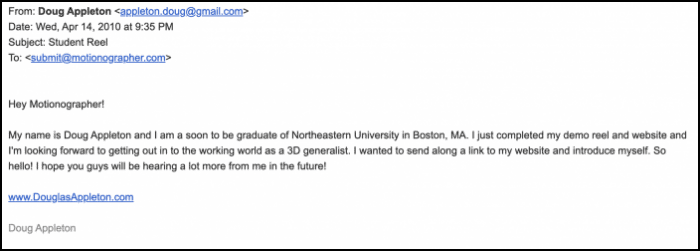
Tell us about the team behind your project.
Seiji:
The team was pretty lean for this project: John LePore was providing oversight on creative direction, and at any given point in the project, there were usually 2-3 artists working on shots, including myself. As mentioned, in some of the process were generalists who were doing both 2d and 3d work depending on the shots they needed to handle on a given day. Our staff designer, Vivian Amaro, pitched in, and we got some help along the way from other freelancers throughout the project. Zak Tietjen, Sarah Gibson, Nocky Dinh, and Nick Principe were all great contributors.
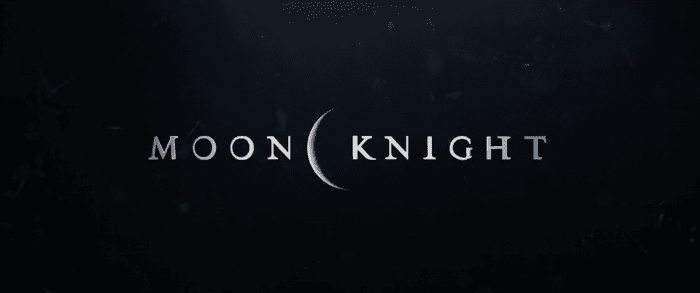
How would you introduce the show to someone watching for the first time?
Doug:
Marvel Studios’ Moon Knight is a psychological action-adventure with the DNA of Indiana Jones and Fight Club woven into it.
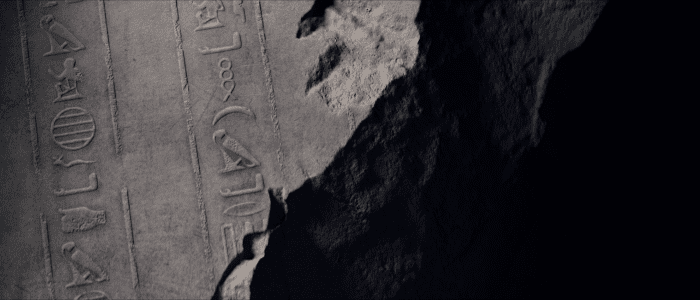
There are tones of several great movies that people have loved for years merged into this one show. It’s also a great character study, observing the life of someone with DID (dissociative identity disorder) through this action-adventure lens.
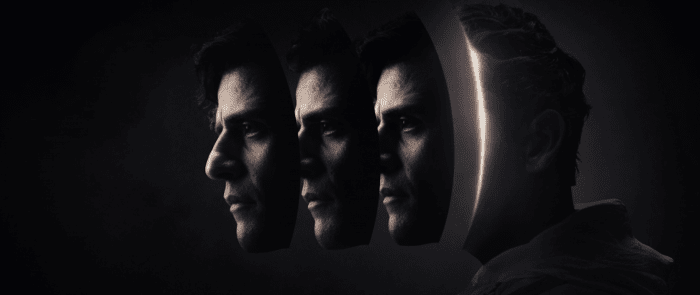
Take us through your process. How long did it take? What techniques did you use? What programs are you using?
Seiji:
The production process started with a couple of weeks of extrapolating the materials created during the pitch phase into a full suite of design frames that could account for the sequence. This involved several back and forth sessions with the client to figure out the key moments from the show to highlight, abstract shots that hinted at themes and motifs in the storytelling, and ways to represent the main characters in the series. During this process, we began experimenting with simple motion tests to explore a vocabulary that fit tonally with the design and treatment.
After the initial sprint on design, we moved into a fairly accelerated animation and production phase. In 30 days, we completed around 30 shots using various techniques. We leaned heavily on photographic assets to gain textural details that could then be projected back onto simply modeled 3d objects. Some shots relied solely on 2.5 After Effects compositing, while others required full cloth simulations and 3d modeling from the ground up. We were fortunate to be provided with a beautifully modeled and textured 3d asset of Moon Knight and Mr Knight’s costumes; we used Cinema4D to stage assets, light and render shots with Redshift. Cloth, smoke, and particle simulations were done in Houdini and imported as Alembic or VDB sequences to be assembled in Cinema.
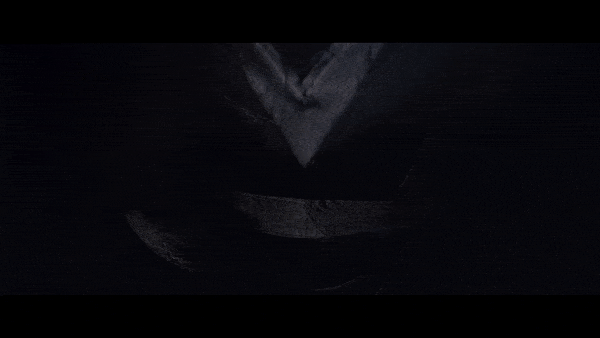
What was your favorite moment or most fun part of the project?
Seiji:
The best part about this project was being able to dive into the psychological, surrealist nature of the subject matter. It’s one of those great briefs that really aligns with a lot of my interests in storytelling, and having the chance to explore a sequence in that tone and realm is extremely rewarding.
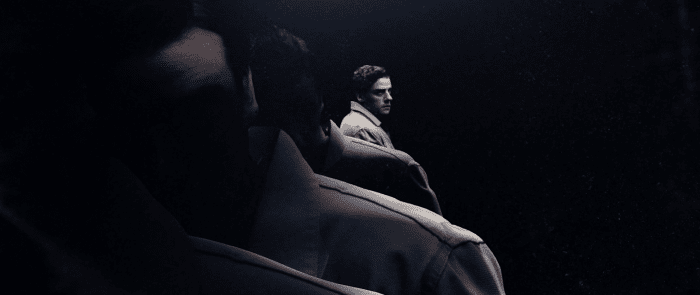
Did you face any difficulties along the way? If so, how did you overcome them?
Seiji:
I think there were two big challenges on this project.
As with many Marvel sequences, they tend to run on the longer end for title sequences to credit the enormous teams behind these shows. Because of that, we are always challenged to come up with ideas that have a lot of range, so we can maintain a level of interest throughout the sequence.
The second major hurdle was the timeframe in which these projects are created. The production process and timeline were pretty aggressive to achieve a certain quality level, leaving very little room for error and R+D to get certain shots right. Oftentimes coming up with these different shots and creative solutions requires a bit of time to let ideas marinate, which can be tough on quick projects. I think the key, in this case, was continually moving between tasks so your mind can reset on any roadblocks while still keeping the production moving forward.
When you feel stuck or need inspiration, where do you find it?
Doug:
The first place I look to would be the people sitting next to me at work. Whenever I feel stuck, I ask them for their help and opinions. The most exciting part of my job is when we’re in early creative talks; we’re sitting down, brainstorming, throwing around ideas and writing them on the wall.
Even if it’s “silly”, it could easily spark something not “silly” and turn into something really cool. Having those conversations brings so much to the table. Talking to the team brings something different because everyone here is a unique person with different experiences and backgrounds. That provides so many new ideas and thoughts.
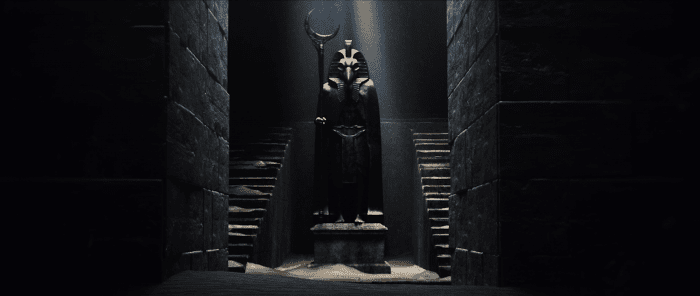
Do you have any advice for creatives on pursuing their dream projects?
Doug:
It’s important to put out work out that you want to be doing. We talk to a lot of people that have demo reels full of one thing, but their passion is something totally different. You won’t get work for something that you aren’t showing! Include stuff you want to work on. Put together a reel of what you specialize in and like, whether it’s from personal work or professional work.
What does it mean to you to be featured on Motionographer?
Doug:
For me, it’s a huge deal because I got my job through Motionographer. It’s crazy to think that I’ve come full circle at this point. At this point in my life, I’m working on wild, innovative title sequences like the one from Moon Knight that millions of people will see and hopefully be inspired by, and that work will be featured in an article on the website that started my entire motion graphics journey. It’s something I’ve reflected on quite a bit.
Money no object; what would you love to work on most?
Doug:
I want to work with the Imagineers on a ride at Walt Disney World. In the past, that felt like an unrealistic dream because what can we do to Big Thunder Mountain? But now, with Avengers Campus opening up in Disneyland, California and Disneyland, Paris, working on some portion of the ride – whether that’s pieces of the queue, the pre-show, or the digital visuals of the ride itself, it’s suddenly become something in the wheelhouse of what we do.
What were some ground-breaking moments in Motion Design that have shaped the way you think?
Doug:
The first thing that comes to mind is Love, Death + Robots, which is an incredible show of the massive talent in our industry.
I also think one thing that I really felt inspired by was an animatic by Alberto Mielgo. When Spider-Man: Into the Spider-Verse came out, he released an animatic that he created that I watched over and over again because of how impressive it was.
The motion was there, the design was all there, and it was still black and white storyboards! But it had so much character and beauty to it. To me, that changed how we could go about doing animatics. It doesn’t just need to be a slideshow of stills. That really hit me as being incredibly impressive and changed the way I thought about some of these things.
What do you think we could do as a community to work together more and drive the industry forward?
Doug:
Just being a community is helpful. When I was deeper on the VFX side of things, I noticed that no one really wanted to share their knowledge. They didn’t want to give away their secrets or share what they had learned because that was almost fueling the competition. But then, once I got into the motion graphics industry, it was totally different. Everyone shares and communicates. We have this mindset of “if everyone gets better, we all get better”, and I believe that is the key to all of our successes and the success of this industry. We should continue to share information and knowledge, not just about the process of making the work, but the process of getting the work and doing the work, providing each other with expectations and transparency.
Thank you so much for being here. Before we let you go, is there anything else you’d like to share about your piece?
Doug:
Personally, the Moon Knight titles are some of the most exciting things that we’ve done. It’s very different from our other work, and I find that fascinating and really cool. I can’t wait to see how this expands into more of our title sequence work in the future!




